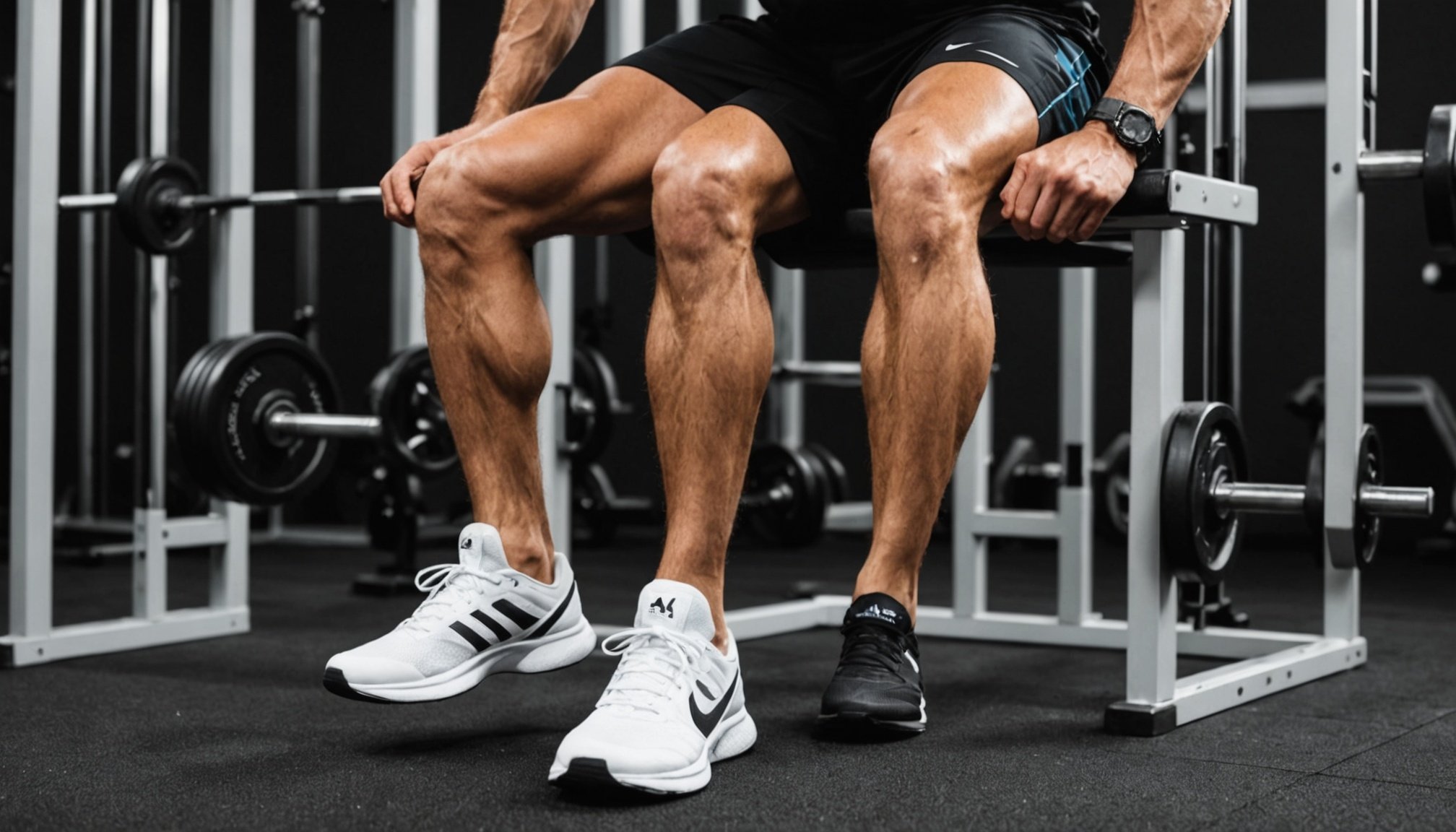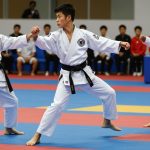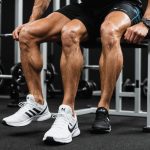The human body is an intricate machine, and its functions can be affected by the most subtle changes we make. One area of particular interest for scholars, athletes, and fitness enthusiasts alike, is the effect of varying ankle positions on the biomechanics of the body during exercises such as calf raises. As we delve into recent studies, databases like Google Scholar, Crossref, PubMed, and other sources of credible articles, you’ll discover fascinating insights about this subject.
Ankle Positions and Muscle Activation
Calf raises, a common exercise in many workouts, specifically targets the calf muscles. However, the position of your ankle during this exercise can significantly influence the muscle groups activated.
Also read : What are the implications of high-protein diets on kidney health for bodybuilders?
An article published in the Journal of Strength and Conditioning Research investigated this topic. The study was conducted with a focus on the soleus muscle and the gastrocnemius muscle, both of which are primary muscles in your calf. Electromyography (EMG) readings were taken to measure muscle activation.
The findings showed significant differences in muscle activation with changing ankle positions. For instance, a dorsiflexed (toes raised) position resulted in higher activation of the gastrocnemius muscle. Meanwhile, a plantarflexed (toes pointed downwards) position led to increased activation of the soleus muscle. This discovery is crucial for individuals looking to target specific muscles during their workouts.
Also to discover : What are the best practices for ensuring safety when training alone in the gym?
Gender Differences in Ankle Biomechanics
Gender differences in biomechanics are an evolving area of study, and many articles have discussed the impact of gender on ankle and knee stability. Women generally have a greater degree of ankle dorsiflexion than men, which may influence the biomechanical effects during exercises like calf raises.
A study from the Journal of Orthopaedic & Sports Physical Therapy used 3D motion analysis to determine differences between male and female athletes during sports-related movements. Their findings suggest that women may experience a greater risk of ankle and knee injuries due to these differences in ankle dorsiflexion. Understanding these differences is essential in creating exercise and training programs tailored to each gender’s unique biomechanical needs.
The Role of Tendon Stiffness
The tendon of your lower leg, specifically the Achilles tendon, plays a fundamental role in exercises like calf raises. Changing your ankle position during these exercises can result in a varying degree of tendon stiffness, which in turn influences the effectiveness of the exercise.
An eccentric (lengthening) contraction of the calf muscles, like the one occurring during a calf raise, increases the stiffness of the Achilles tendon. A study published in the Journal of Applied Physiology found increased tendon stiffness with greater ankle dorsiflexion during calf raises. This increased stiffness can provide better force transfer from the muscles to the bones, improving performance in sports and other physical activities.
The Impact on Lower Body Biomechanics
The position of your ankle during calf raises doesn’t only affect your lower leg. It can also have a ripple effect on the entire lower body biomechanics. A study published in the American Journal of Sports Medicine discovered that plantarflexion of the ankle (toes pointed downwards) during calf raises led to significant changes in hip and knee biomechanics.
When the ankle was in plantarflexion, there was an observed increase in hip flexion and a decrease in knee flexion. This discovery indicates that the position of your ankle during calf raises can significantly influence not only the muscles in your calf but also the biomechanics of your knee and hip. Thus, it is essential to consider ankle position during exercise to maximize performance and prevent potential injuries.
The Effect on Muscle Fatigue and Recovery
The final aspect to consider is how varying ankle positions during calf raises can impact muscle fatigue and recovery. Muscle fatigue is a common result of high-intensity exercises, and recovery is necessary to continue performing at optimal levels.
According to a study published in the Journal of Electromyography and Kinesiology, ankle positioning impacts muscle fatigue during calf raises. The researchers found that dorsiflexed ankle positions led to quicker muscle fatigue compared to plantarflexed positions. This finding suggests that if you’re looking to prolong your workout and delay muscle fatigue, it might be beneficial to keep your ankles in a plantarflexed position during calf raises.
In conclusion, the position of your ankle during calf raises significantly influences various aspects of your biomechanics, from muscle activation to lower body biomechanics, tendon stiffness, and muscle fatigue. Therefore, it’s essential to pay attention to your ankle position during calf raises to optimize your workout performance.
Influence on Jump Height and Speed
One of the key elements impacted by the ankle’s position during calf raises is jump height and speed. Often overlooked, this is a crucial factor for athletes engaging in sports such as basketball, volleyball, or anything involving jumping. Researchers from the Journal of Sports Sciences demonstrated that an individual’s jump height could be dramatically influenced by the position of the ankle during exercises like calf raises.
The study relied on force plate measurements and 3D motion analysis to assess the impact of varying ankle positions on jump height. The results indicated that plantar flexion (toes pointed down) during calf raises increased the jump height compared to a neutral ankle position. They also found that plantar flexion led to a higher speed during the take-off phase of the jump. This conclusion suggests that plantar flexion during calf raises can enhance an athlete’s performance in sports involving jumping.
Additionally, the Achilles tendon’s role, as mentioned earlier, plays a significant part here. A stiffer Achilles tendon, a product of plantar flexion, ensures better force transfer, leading to higher jump height and speed. Therefore, athletes looking to improve their jump performance should consider incorporating calf raises with plantar flexion in their training regimen.
The Importance of Ankle Position in Body Weight Distribution
During exercises like calf raises, the position of the ankle also impacts the body’s weight distribution, which can influence balance and stability. A study published in the Journal of Applied Biomechanics investigated how plantar flexion and dorsiflexion affect body weight distribution during standing heel raises.
With the help of force platforms and 3D motion analysis, the researchers found that during plantar flexion, the body’s weight was more evenly distributed across the foot. In contrast, dorsiflexion resulted in more weight being placed on the forefoot. This finding is significant as uneven weight distribution can lead to instability and an increased risk of falls, particularly in older adults or individuals with balance disorders.
These results underscore the importance of considering ankle position during exercises like calf raises, not just for muscle activation but also for maintaining balance and stability.
Conclusion
The effect of varying ankle positions during calf raises is a multidimensional aspect that influences a wide range of biomechanical factors. From muscle activation of the gastrocnemius and soleus muscles, Achilles tendon stiffness, jump height and speed, lower body biomechanics, body weight distribution, to muscle fatigue and recovery, the ankle’s position plays an instrumental role.
It is evident from the various studies referenced from Google Scholar, Crossref, PubMed, and other databases, that whether you’re an athlete aiming to enhance performance, a fitness enthusiast focusing on specific muscle groups, or a practitioner designing a balanced exercise regimen, considering the ankle’s position during calf raises is paramount.
However, it’s crucial to remember that everyone’s body is unique, and what works best for one person may not work for another. Therefore, always consult with a healthcare provider or a trained professional before making any significant changes to your exercise routine.











